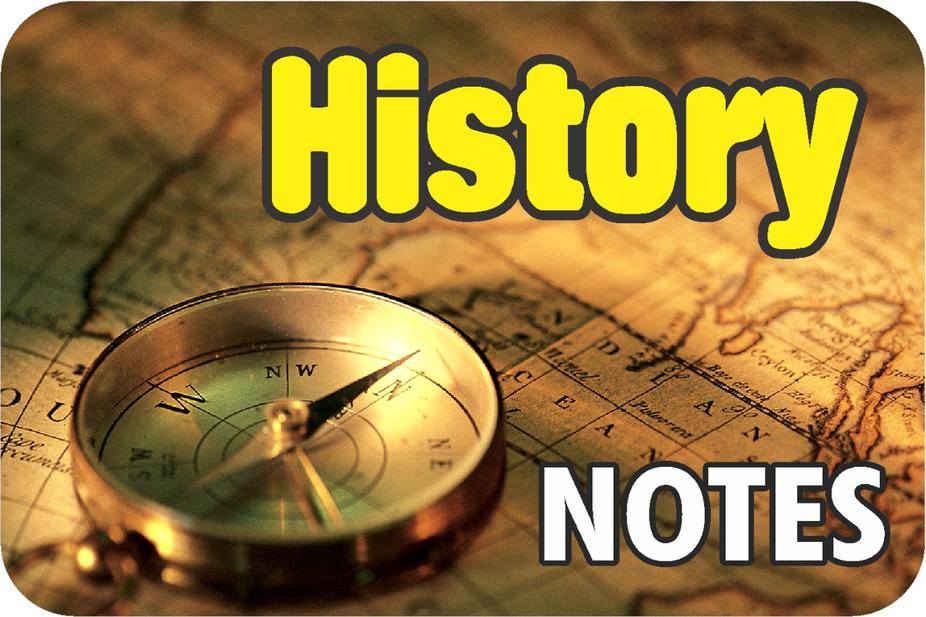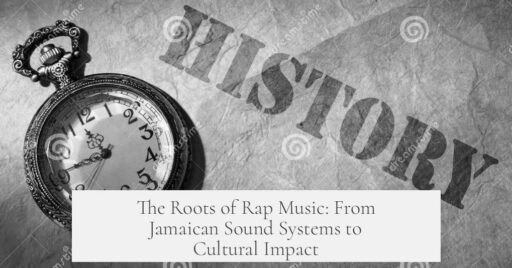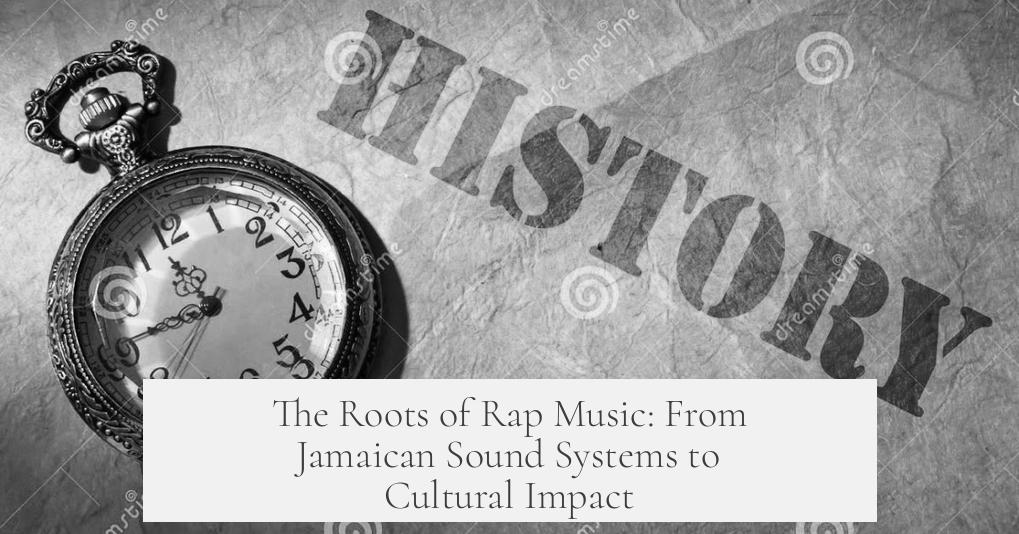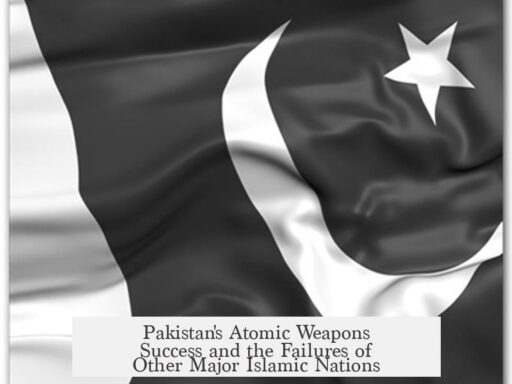Rap music originates from a blend of Jamaican sound system culture and African American oral traditions, emerging in the Bronx in the 1970s. DJ Kool Herc, a Jamaican immigrant, plays a central role as the genre’s pioneer.

DJ Kool Herc moved to New York City from Jamaica in the early 1970s. He brought with him the Jamaican tradition of “toasting”—a style involving improvised chanting or rhythmic speech over music. This practice was common among Jamaican DJs during the 1960s and 1970s, especially over ska and rocksteady rhythms. Kool Herc applied this technique at block parties in the Bronx, creating a new local form of music entertainment.
At these parties, Kool Herc would call out to the crowd, shouting phrases like “Yo this is Kool Herc in the joint-ski, saying my mellow-ski Marky D is in the house.” These calls encouraged audience participation. Partygoers responded by shouting their names and slogans, transforming the events into interactive gatherings. DJs began to elaborate their shout-outs, turning them into rhymes to stand out. They drew from playground rhymes, adding twists to fit the party atmosphere. This interplay of rhyme and rhythm is a key step toward modern rap.

Kool Herc eventually focused on the technical aspects of DJing and delegated microphone duties to two friends, Coke La Rock and Clark Kent. Together, they formed one of the first emcee teams known as Kool Herc and the Herculoids. This team helped shape the emerging style of “emceeing,” the original term used for what is now called rapping.
The Jamaican sound system culture is widely acknowledged as a fundamental influence in hip-hop’s birth. It introduced not just the idea of live DJing but also rhythmic vocal performance over breaks in the music. American influences soon shaped this sound further. These combined elements made hip-hop a unique cultural movement rooted in Caribbean immigrant experiences and African American urban life.

Beyond Kool Herc’s innovations, rap music draws heavily on African American oral traditions. For centuries, West African griots served as storytellers, historians, and musicians, passing down epic histories through rhythmic speech and music. This tradition influenced many African American practices, including rap.
Additionally, the musical genre incorporates various other cultural elements:

- Jazz music, especially its improvisational nature, inspired freestyle rapping.
- English folk traditions, such as criminal and murder ballads, evolved into American country and blues narratives, contributing storytelling methods.
- Children’s street songs, jump rope chants, and verbal games like “The Dozens” offered patterns of rhyming and competition that rappers adapted.
The social context of the 1960s and 1970s also deeply impacted rap’s origins. The Black Freedom movement and Black Power poetry provided voices and messages that found expression in hip-hop. Poets like Gil Scott-Heron, Amiri Baraka (Leroi Jones), and groups such as the Last Poets brought rhythmical, politically charged spoken word to African American audiences. The oratory style of civil rights leaders like Martin Luther King Jr. and Malcolm X also influenced rap’s delivery and message. These connections reveal hip-hop as a continuation of vibrant African American storytelling and political expression.
Moreover, historical narratives and folklore hint at early forms of verbal competition similar to rap battles. For example, Mark Twain described African American raft workers boasting rhythmically about their exploits. This verbal sparring closely resembles modern battle rapping, where lyricists compete through wordplay and boasting.

Rap music’s commercial breakthrough began with recorded music. The first rap record is often cited as “Personality Jock” by King Tim III and the Fatback Band, released before the more famous “Rapper’s Delight” by the Sugarhill Gang. This milestone marked rap’s transition from live party performances to mainstream recorded music.
| Key Origins of Rap Music | Details |
|---|---|
| Jamaican Toasting | Improvised rhythmic speech over music by DJs like Kool Herc |
| Emceeing | Vocal performance evolved from party shout-outs and rhymes |
| African Oral Traditions | Griots’ storytelling, rhythmical speech passed to African American culture |
| American Musical Influences | Jazz improvisation, blues storytelling, and folk ballads |
| Social-Political Roots | Black Power poetry, civil rights oratory shaping lyrical content |
| First Recorded Rap | “Personality Jock” by King Tim III and the Fatback Band |
Key takeaways:
- Rap music emerged in the Bronx during the 1970s as a fusion of Jamaican DJ toasting and African American oral traditions.
- DJ Kool Herc is a central figure who introduced toasting, laying the foundation of emceeing and rap.
- Rhythmic speech and rhyme evolved from party shout-outs, playground rhymes, and verbal games like “The Dozens.”
- Jazz, blues, folk traditions, and Black Power poetry influenced rap’s style and content.
- Rap’s first commercial recordings appeared in the early 1970s, preceding mainstream hits like “Rapper’s Delight.”
The Origins of Rap Music: A Sound System, Emcees, and Rhythmic Revelations
So, what are the origins of rap music? Simply put, rap music originated from the Jamaican sound system DJ culture that migrated to the Bronx, New York, in the 1970s. DJ Kool Herc, a Jamaican immigrant, is widely recognized as the pioneer who transformed this style into what we now call rap.
Let’s unpack this vibrant tale of beats, rhymes, and cultural fusion, zooming into how rap emerged from a fascinating blend of influences.
A Jamaican Sound System in the Bronx: Enter DJ Kool Herc
Imagine the Bronx in the early 1970s: block parties booming with energy, vinyl records spinning on turntables, and crowds hyped by someone with a mic shouting catchy phrases. This scene was largely shaped by DJ Kool Herc—originally Clive Campbell—a Jamaican immigrant who introduced the sound system culture from his homeland to New York City.
Back in Jamaica, DJs during the 60s and 70s practiced something called “toasting.” This involved improvising spoken or chanted lyrics over ska and rocksteady rhythms to engage the crowd. Kool Herc took this tradition and brought it stateside, mixing it with American funk and soul records at local parties. His signature move? Isolating and extending the “break” section of a song, the most danceable part, to get the crowd jumping.
His calls like, “Yo this is Kool Herc in the joint-ski saying my mellow-ski Marky D is in the house!” got the crowd hyped. Partygoers started shouting their own names and slogans back, sparking what became a communal, interactive rally. DJs started crafting little rhymes to stand apart, turning simple name drops into rhymed boasts like, “Jay D is in the house/An he’ll turn it out without a doubt.”
From reacting to simple phrases, party dancers brought out their creativity by pulling in old playground chants, “The Dozens,” and schoolyard rhymes, tweaking them for the party atmosphere. Herc eventually passed the mic duties to two ace emcees, Coke La Rock and Clark Kent, creating hip-hop’s first emcee team, the Herculoids.
This Caribbean-New York link is often highlighted by historians as a critical spark for hip-hop’s birth. It was the Caribbean sound system tradition literally blinking neon signs in New York’s parks and apartments that set the stage. That environment evolved into rapping—spoken rhymes delivered rhythmically over music.
Not Just One Story: Other Influences that Shaped Rap
While Kool Herc and the Jamaican sound system culture get the headline, rap’s true origins are a web of influences across time and cultures. Think of African and African American oral traditions. West African griots—storytellers, historians, and musicians—passed down epics rhythmically. These were essentially the original masters of oral poetry mixed with music.
Jazz music also left its footprints. Its tradition of improvisation closely mirrors the freestyle flow of rap. Add to that the American folk heritage: criminal and murder ballads from English traditions morphed into country and blues narratives. Then there are the playful children’s street songs, jump rope rhymes, and “The Dozens,” a game of rhythmic verbal insults traditionally played in black communities.
In the 1960s and 70s, as the Black Freedom movement surged, a new wave of politically charged black poetry influenced rap’s style and content. Poets like Gil Scott-Heron, who famously declared “The Revolution Will Not Be Televised,” Amiri Baraka, and the Last Poets brought spoken word to the public consciousness, blending social commentary with rhythmic delivery. High-profile orators like Martin Luther King and Malcolm X further infused hip-hop’s nascent spirit with calls for justice and empowerment.
Even Mark Twain’s writings evoke eerie parallels. He described African American raft workers boasting and trading rhythmic jabs, something not far off from modern-day battle rap. Could these riverboat verbal duels be a distant ancestor of contemporary rap battles? It’s quite possible.
The First Rap Records: More Than Just “Rapper’s Delight”
Many folks think the first rap record was “Rapper’s Delight” by the Sugarhill Gang. While that 1979 track was definitely a game changer, the earliest rap record is actually “King Tim III (Personality Jock)” by the Fatback Band, released just months earlier. It featured rapped vocals over a funky groove, marking a significant moment where rap stepped out of the streets into recorded music.
From Emceeing to Rap: A Terminology Tale
Interestingly, what we now call “rapping” was originally known as “emceeing” (MCing). The emcee’s job was to entertain and hype the crowd, often by shouting phrases and rhymes. The term “rap” entered popular usage later, probably because of its rhythmically spoken nature, resembling conversational “raps” or quick talk.
Why Does This History Matter Today?
Understanding rap’s roots helps us appreciate hip-hop culture’s depth beyond catchy beats and viral videos. It’s a story about migration, cultural exchange, and community. It shows how a Jamaican tradition found new life among Bronx youth, turning street parties into global stages.
Want to dig deeper into rap’s origins? Try listening to some early tracks by DJ Kool Herc and the Fatback Band. Notice how the MCs connect with the crowd and how improvisation leads the way. It’s history you can hear.
Or better yet, next time you’re at a party or even just in your car, try throwing in some spontaneous rhymes or playful shout-outs. You’ll be tapping into a tradition that’s over 50 years old!
In Conclusion
The origins of rap are a tapestry woven from Jamaican sound systems, African storytelling, American folk traditions, and the political voices of the Black Freedom movement. DJ Kool Herc’s adaptation of toasting sparked a cultural revolution in the Bronx that exploded into a worldwide phenomenon. So next time you nod your head to a beat, remember it’s more than music—it’s history in motion.



